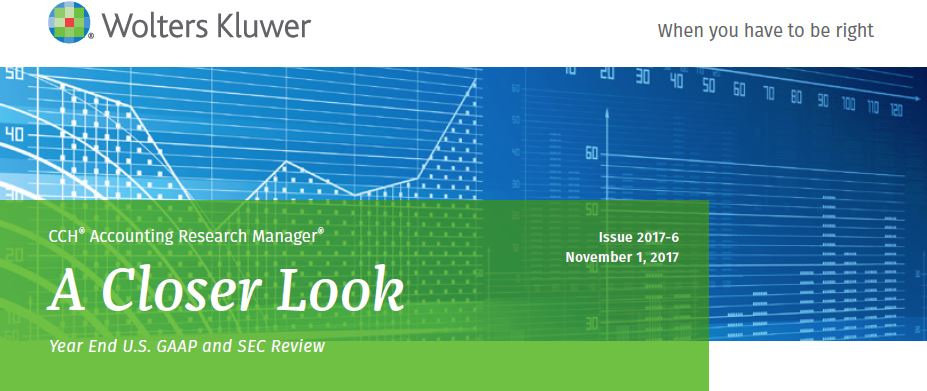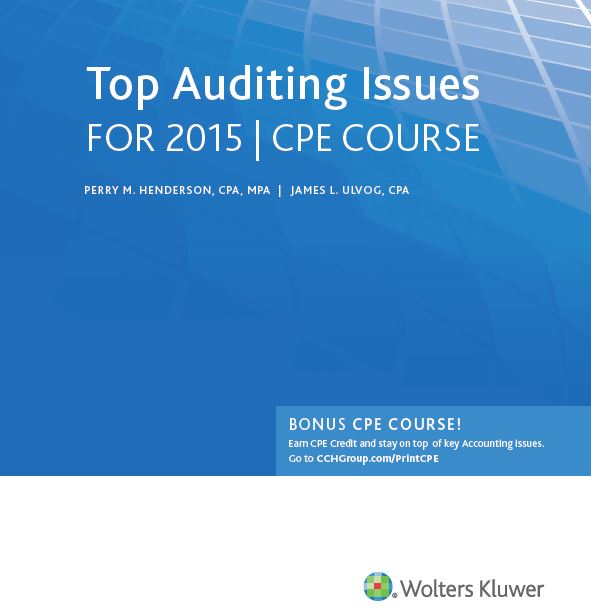
As mentioned previously, the conflict over donated pharmaceuticals has heated up again. It seemed to have faded away over the last couple of years but has now gained renewed visibility.
The California Attorney General has filed cease and desist orders against three large, high-profile charities who received between 70% and 98% of their revenue from medical GIK.
A complaint was filed against another charity for overvaluation of GIK. That charity essentially conceded the accusations in a stipulated settlement, agreeing to terminate the charity’s existence. That action is discussed here.
The three large charities are Food for the Poor, Inc., MAP International, and Catholic Medical Mission Board, Inc.
The cease and desist orders can be found at the AG’s web site:
- Cease and Desist Order – Food for the Poor, pdf
- Cease and Desist Order – MAP International, pdf
- Cease and Desist Order – Catholic Medical Mission Board, pdf
This is a long post, approaching 2,200 words. Might be worthwhile to get a fresh cup of coffee before diving in.
Background
This post will walk through a number of key comments in the cease and desist orders, which I’ll referred to as C&DO. Because the C&DO are roughly parallel to each other, I’ll walk through the MAP order and add comments on the CMMB and FftP order where it is helpful. The CMMB C&DO does not have the comments regarding state charitable filing requirements.











